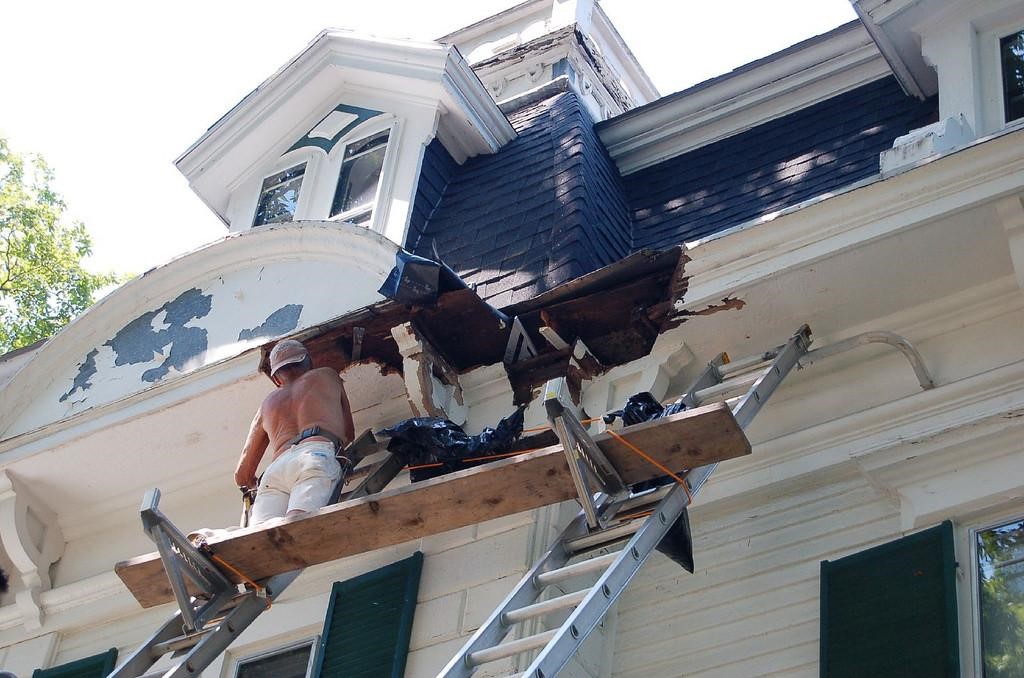Wear and tear: Fair or Scare
With wear and tear comes the need for repairs, which can be a headache for landlords. This is part of the natural ageing process of a property, of course, but there are a few points to bear in mind when it comes to fair wear and tear.

Image Credit
Wear and tear can be kept to a minimum
If the property has been recently refurbished, there should be minimal wear and tear; however, if a tenant occupies the property for a lengthy period, there will be more wear and tear. If several people or a large family with young children occupy the house or apartment, there is likely to be a high degree of wear and tear. Sometimes a property will even need a Gloucester Roofer to come in and repair and re do the whole top of a house. As you will be aware a roof can allow in all kinds of weather conditions including water from rain. If you experience a lot of water coming though it will cause huge amounts of damage on your property.
A key point to bear in mind is that if an appliance requires repairing or if a piece of furniture needs a deep clean, it is likely they have been damaged. Holes, rips, burn marks, broken appliances and furniture are all examples of negligence, which can be deliberate or accidental.
Wear and tear will differ from property to property. Unfortunately for the landlord, there are no clear rules on what is considered reasonable in terms of damage; however, it is possible to keep wear and tear to a minimum. Some examples of fair wear and tear are fading carpets, marks on walls, cracked paint, dirty windows, loose taps in the bathroom or kitchen, and frayed curtains.

Image Credit
Property inventory software can be very useful
Examples of damage as opposed to wear and tear include broken doors and locks, carpet stains, broken baths or kitchen worktops, torn curtains or broken windows. If the damage becomes too much for the landlord, he or she may consider selling the property.
According to Property Forum, it is possible to manage a property remotely with modern technology, which is exactly what many landlords choose to do.
The best way of dealing with wear and tear is to try to prevent it from occurring. Decorating appropriately and buying cheaper items is a handy tip, as is keeping the property in good order with regular checks. Keeping the tenant satisfied will show your professionalism and the pride you take in the property.


